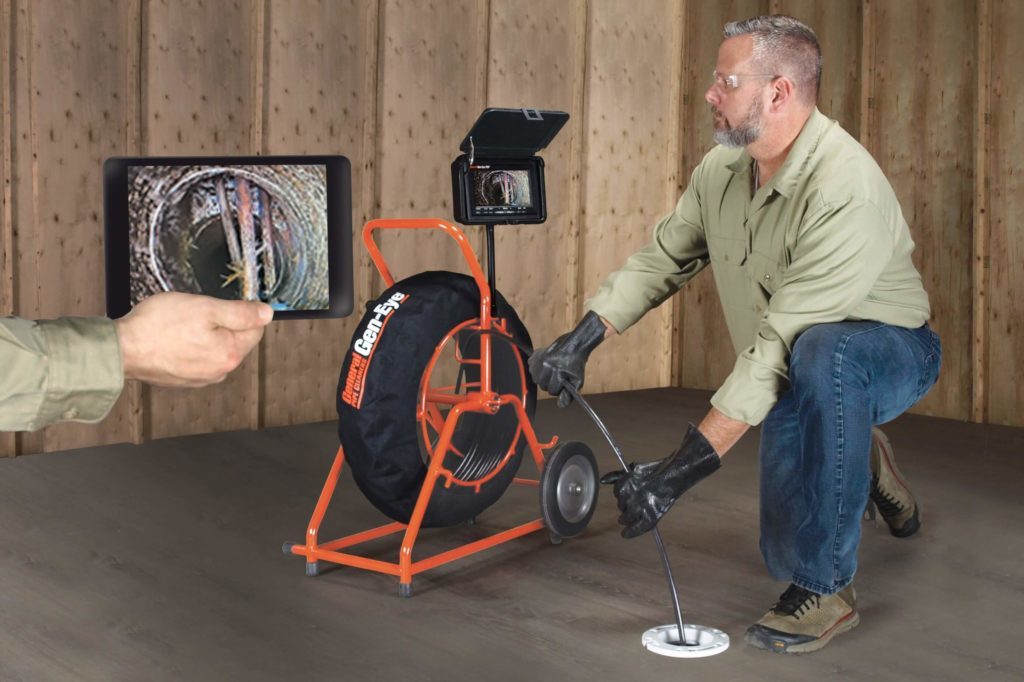
Image Source: Google
When it comes to maintaining the integrity of pipelines and sewer systems, having the right tools for inspection is crucial. Pipe inspection cameras have revolutionized the way professionals identify issues within pipes without the need for costly and invasive procedures.
In this ultimate guide, we will delve into the world of pipe inspection cameras to help you understand their importance, how they work, and the various types available on the market. If you are looking for the best pipe inspection camera services then, you can contact Total Leak Detection.
The Importance of Pipe Inspection Cameras
Identifying Issues
- Allows for real-time visual inspection of pipes.
- Helps identify blockages, leaks, cracks, and other issues.
- Prevents the need for excavation or invasive methods to diagnose problems.
Maintaining Infrastructure
- Regular inspections with pipe cameras help prevent costly repairs.
- Ensures the longevity and efficiency of pipelines and sewer systems.
- Improves overall safety by detecting potential hazards early on.
How Pipe Inspection Cameras Work
Pipe inspection cameras are equipped with a high-definition camera and LED lights that allow for clear visuals of the interior of pipes. These cameras are attached to a flexible rod that can be inserted into pipes of varying sizes. The footage captured by the camera is transmitted to a monitor for real-time viewing. Some advanced models even have the capability to record videos or take still images for further analysis.
Key Components of Pipe Inspection Cameras
- High-definition camera: Provides clear visuals of the pipe's interior.
- LED lights: Illuminate the area for better visibility.
- Flexible rod: Allows for easy maneuverability within pipes.
- Monitor: Displays real-time footage for inspection.
- Recording capabilities: Some cameras can record videos or take still images.
Usage Guidelines
- Inspect pipes regularly to catch issues early on.
- Ensure proper lighting for clear visuals.
- Follow safety protocols when using pipe inspection cameras.
- Consult the user manual for specific instructions on operating the camera.
Types of Pipe Inspection Cameras
Push Cameras
Push cameras are equipped with a flexible rod that can be manually pushed through pipes. These cameras are best suited for smaller diameter pipes and short distances.
Self-Propelled Cameras
Self-propelled cameras are motorized and can navigate through pipes with greater ease. These cameras are ideal for larger diameter pipes and longer distances.
Pan-and-Tilt Cameras
Pan-and-tilt cameras have the ability to rotate and tilt the camera head to get a 360-degree view of the pipe's interior. These cameras are useful for inspecting complex pipe systems with multiple bends and angles.
Sewer Cameras
Sewer cameras are designed specifically for inspecting sewer lines and underground pipelines. These cameras are equipped with features such as self-leveling and are built to withstand harsh environments.
Choosing the Right Pipe Inspection Camera
Consider the Pipe Diameter
- Choose a camera that is suitable for the diameter of the pipes you will be inspecting.
- Push cameras are ideal for smaller pipes, while self-propelled cameras are better for larger pipes.
Assess the Length of Pipes
- If you will be inspecting long pipes, opt for a self-propelled camera with better maneuverability.
- For shorter distances, a push camera may suffice.
Evaluate the Features
- Determine if you need recording capabilities for documentation purposes.
- Consider additional features like pan-and-tilt functionality for more comprehensive inspections.
By understanding the importance of pipe inspection cameras, how they work, the various types available, and factors to consider when choosing one, you can make informed decisions to effectively maintain and inspect pipelines and sewer systems. Investing in a quality pipe inspection camera can save time, money, and prevent potential disasters down the line.
